Why are Americans using 'buy now, pay later' apps to buy groceries?
A 'layaway program, but reversed'
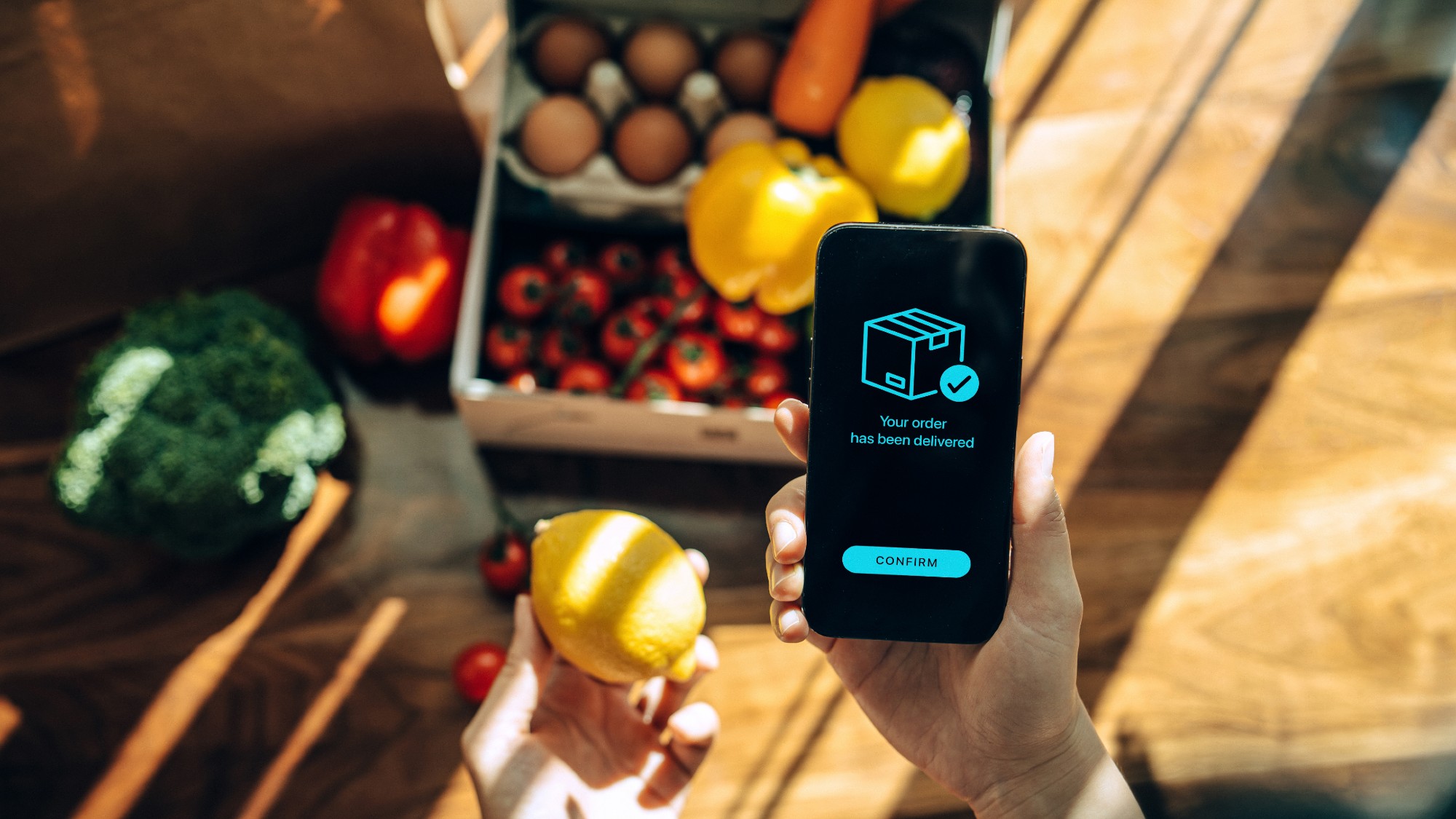

Credit cards are so old-fashioned. Americans are increasingly turning to "buy now, pay later" (BNPL) apps to pay for groceries and takeout, and some experts warn the trend could lead to a rise in consumer debt.
Apps like Klarna, Affirm and Afterpay are a "modern-day layaway program but reversed," said NewsNation. Layaway programs would let consumers make installment payments in advance, taking an item home only after it was fully paid for. BNPL apps let buyers get what they want "upfront for a small deposit." One new poll found 55% of Americans use the apps. Another survey found a quarter of users pay for groceries using the apps. Is doing so wise? You could pay off a shampoo purchase with a BNPL app, said NerdWallet's Sara Rathner, "but just because you can doesn't mean you necessarily should."
The BNPL sector "has gotten big enough that Klarna is now planning to go public," said Inc. There are pitfalls to the boom: A January report from the Consumer Financial Protection Bureau found that the majority of app users have "subprime or deep subprime credit scores."
The Week
Escape your echo chamber. Get the facts behind the news, plus analysis from multiple perspectives.

Sign up for The Week's Free Newsletters
From our morning news briefing to a weekly Good News Newsletter, get the best of The Week delivered directly to your inbox.
From our morning news briefing to a weekly Good News Newsletter, get the best of The Week delivered directly to your inbox.
What did the commentators say?
It is "objectively bleak" that anybody would have to make months-later payments "on food they've already eaten," Amy McCarthy said at Eater. That already happens with credit cards, but "using (and paying off) a credit card can help boost your credit score." Klarna's BNPL service, which has a partnership with DoorDash, does not provide that perk. It is "easy to see the appeal of putting off that payment" when you are broke and want Thai food, but be on alert "when companies cook up creative new ways for people to go into debt."
BNPL apps can "cause budgetary strains" for struggling households, Kelly Ernst said at CNET. That is an "ominous" problem when there is a "risk of a job-loss recession." Interest-free BNPL apps can help you buy items "without incurring credit card interest charges," but they can also "lead to racking up even more debt." That means using an app is "rarely" a good idea. "The next time I'm craving pad Thai," Ernst said, "I plan on paying upfront."
What next?
The growth of pay-later apps could "indicate a growing comfortability with financial risks" among younger consumers, said Fortune. "We have a gambling economy," said Kyla Scanlon, a Gen Z economic commentator. Young Americans already have app access to memecoins and sports betting. "We love a good vice in the United States," she said, "and we can do it completely frictionless."
This may explain why BNPL users are also increasingly late with their payments, said CNBC. A LendingTree poll found that 41% had made a late payment on an app loan, "up from 34% in the year prior." A turbulent economy may only increase those numbers, said LendingTree's chief consumer finance analyst, Matt Schulz. Consumer uncertainty is "going to mean leaning on buy now, pay later loans, for better or for worse."
A free daily email with the biggest news stories of the day – and the best features from TheWeek.com
Joel Mathis is a writer with 30 years of newspaper and online journalism experience. His work also regularly appears in National Geographic and The Kansas City Star. His awards include best online commentary at the Online News Association and (twice) at the City and Regional Magazine Association.
-
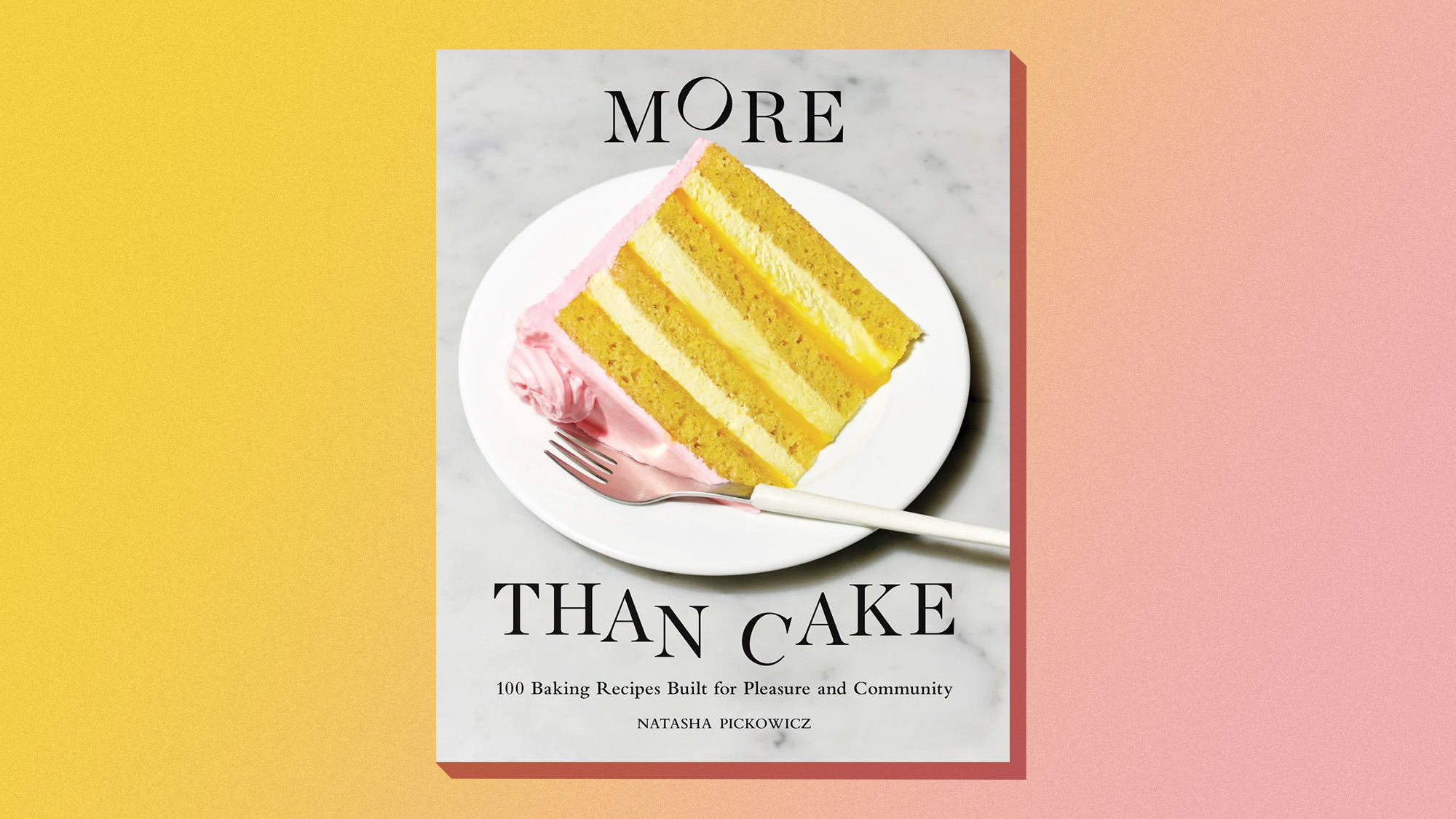 One great cookbook: ‘More Than Cake’
One great cookbook: ‘More Than Cake’the week recommends The power of pastry brought to inspired life
-
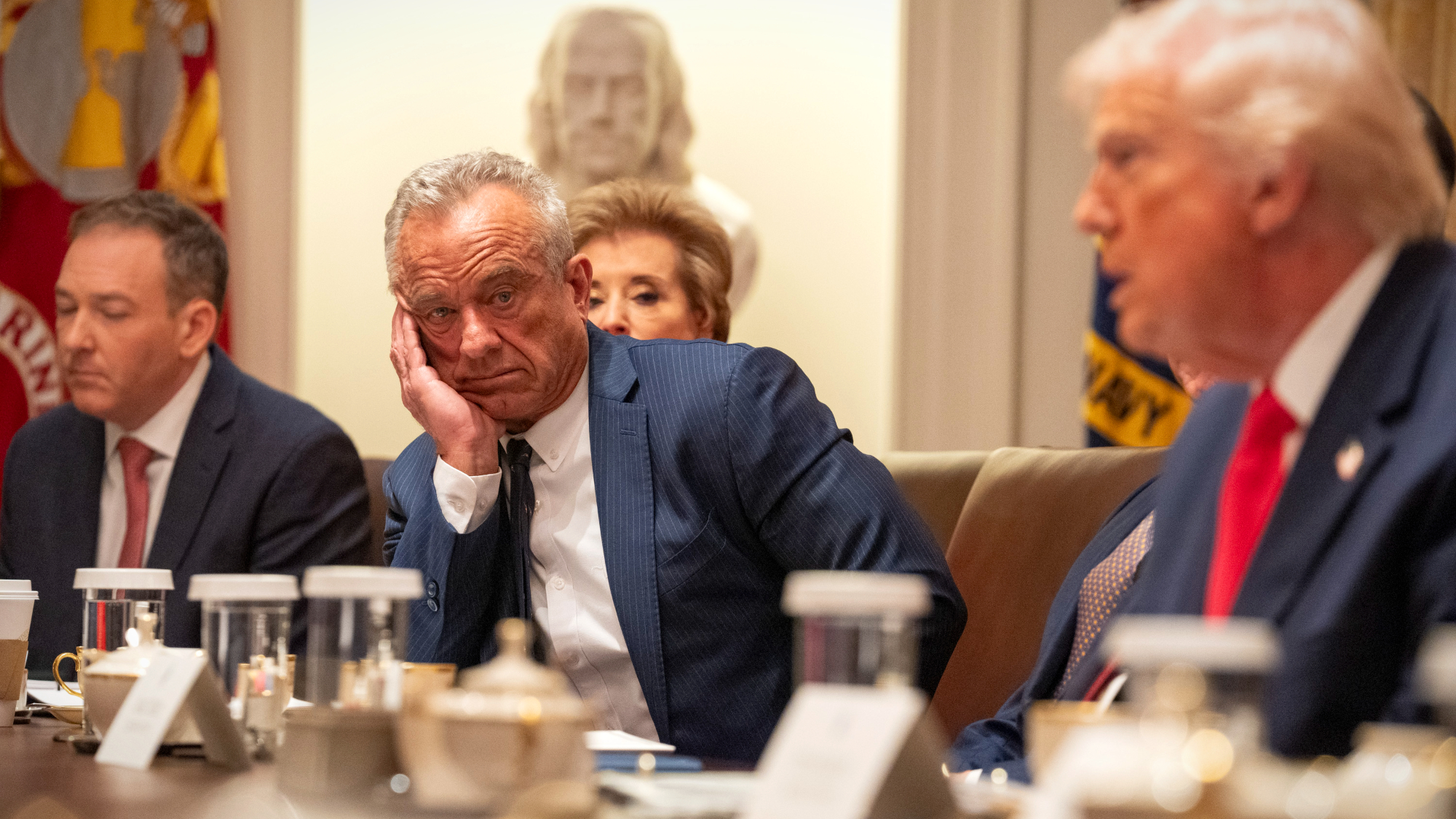 Democrat files to impeach RFK Jr.
Democrat files to impeach RFK Jr.Speed Read Rep. Haley Stevens filed articles of impeachment against Health and Human Services Secretary Robert F. Kennedy Jr.
-
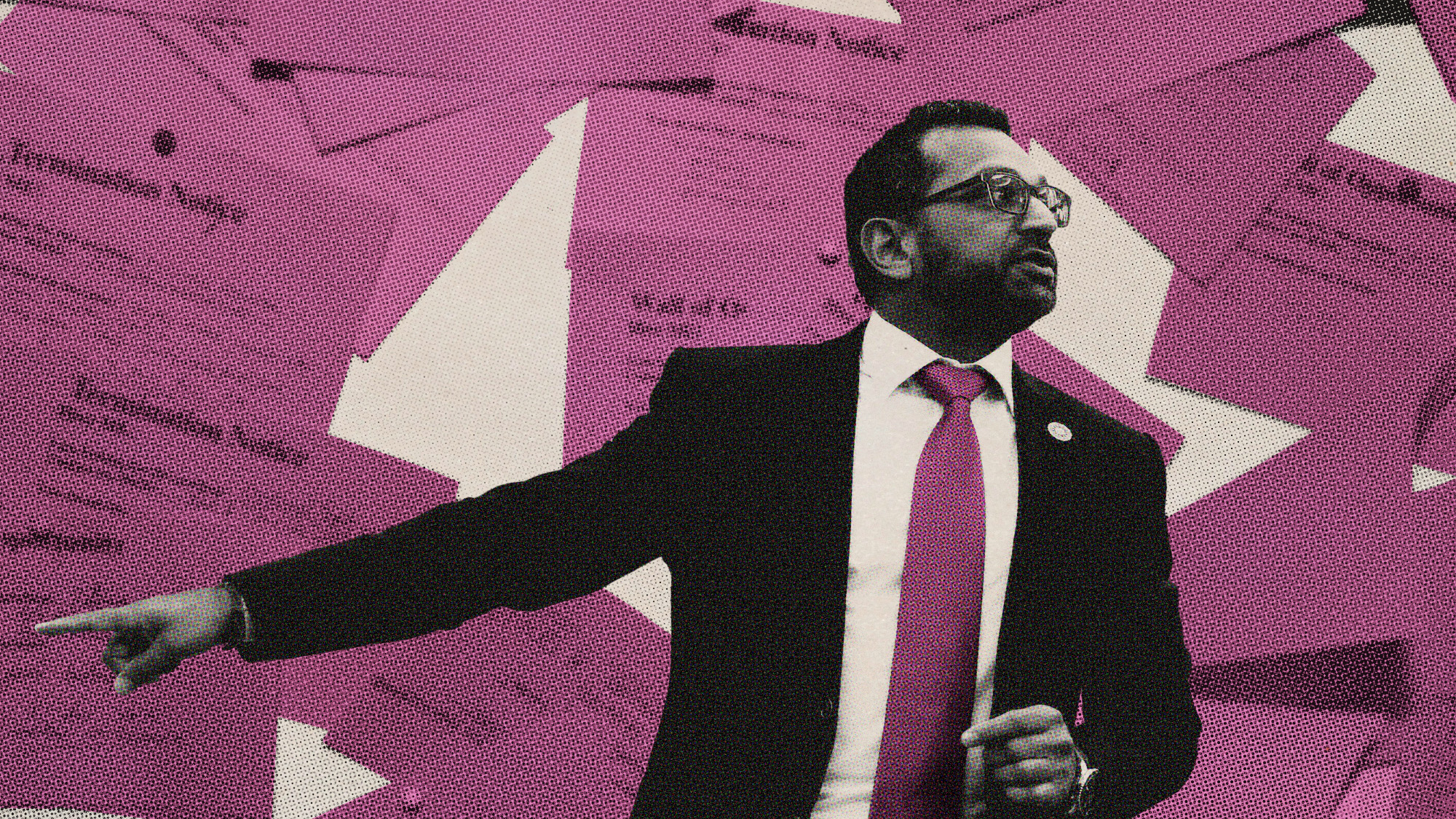 Constitutional rights are at the center of FBI agents’ lawsuit
Constitutional rights are at the center of FBI agents’ lawsuitIn the Spotlight The agents were photographed kneeling during a racial justice protest
-
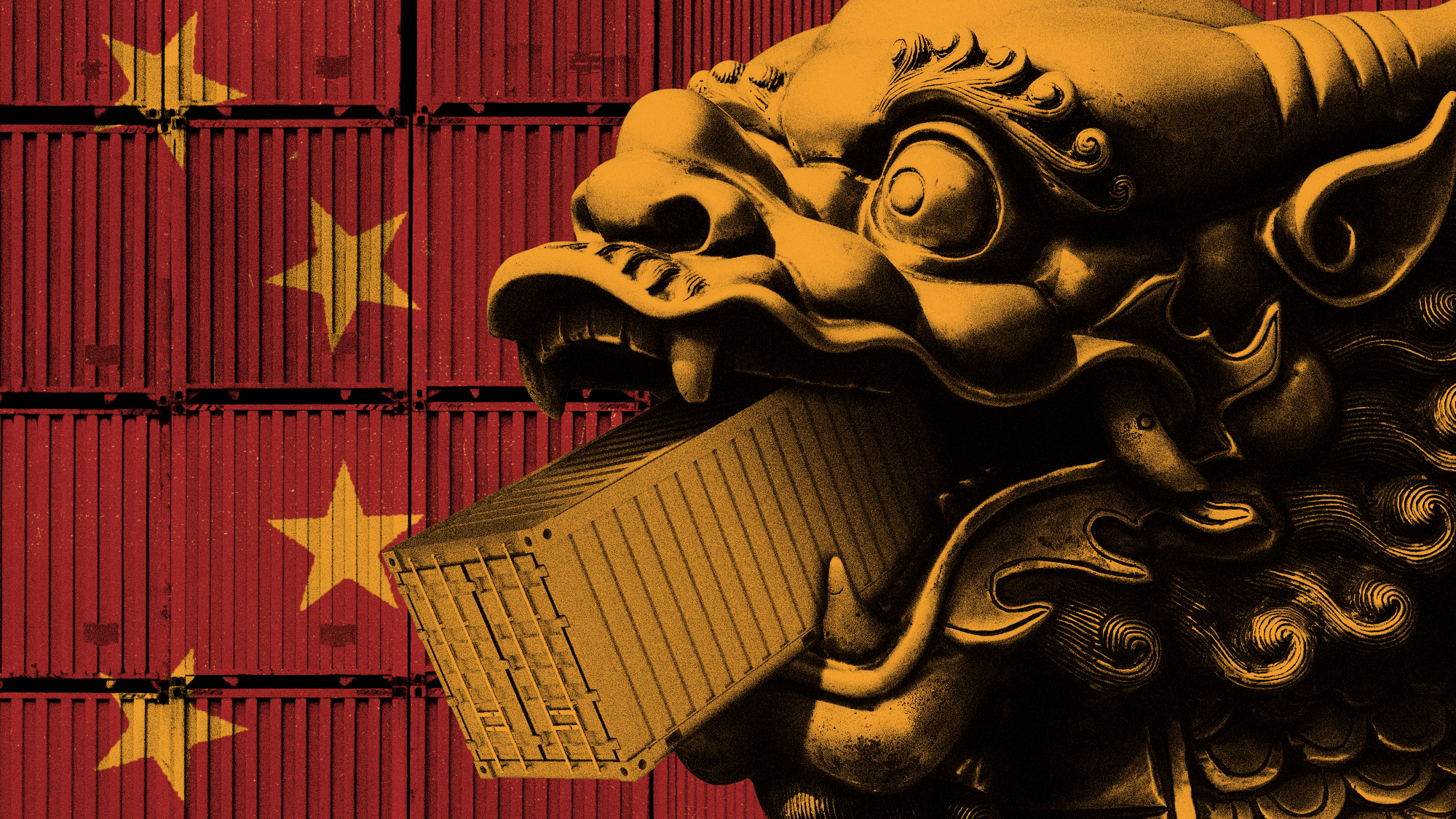 How will China’s $1 trillion trade surplus change the world economy?
How will China’s $1 trillion trade surplus change the world economy?Today’s Big Question Europe may impose its own tariffs
-
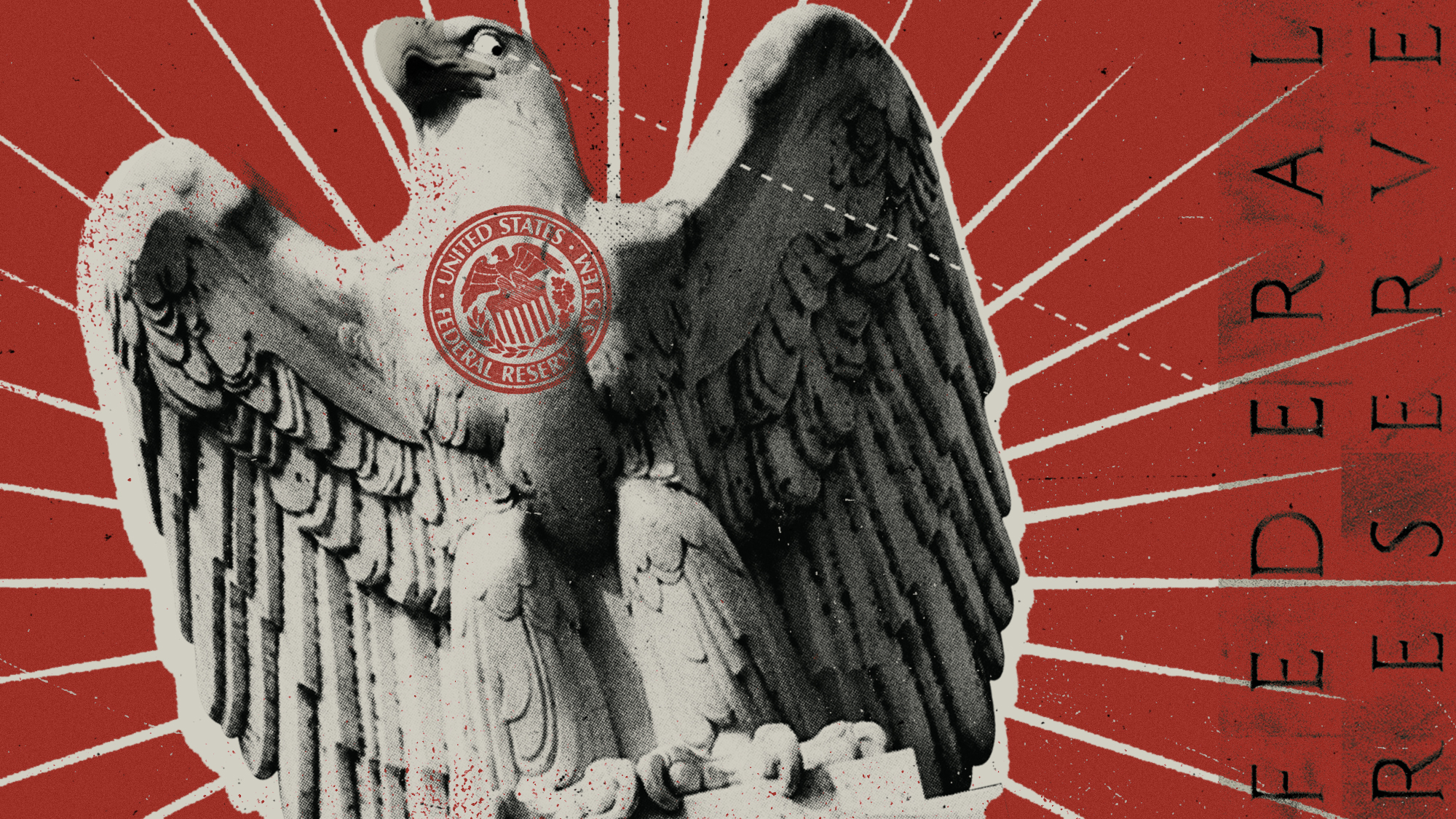 Who will be the next Fed chair?
Who will be the next Fed chair?Today's Big Question Kevin Hassett appears to be Trump’s pick
-
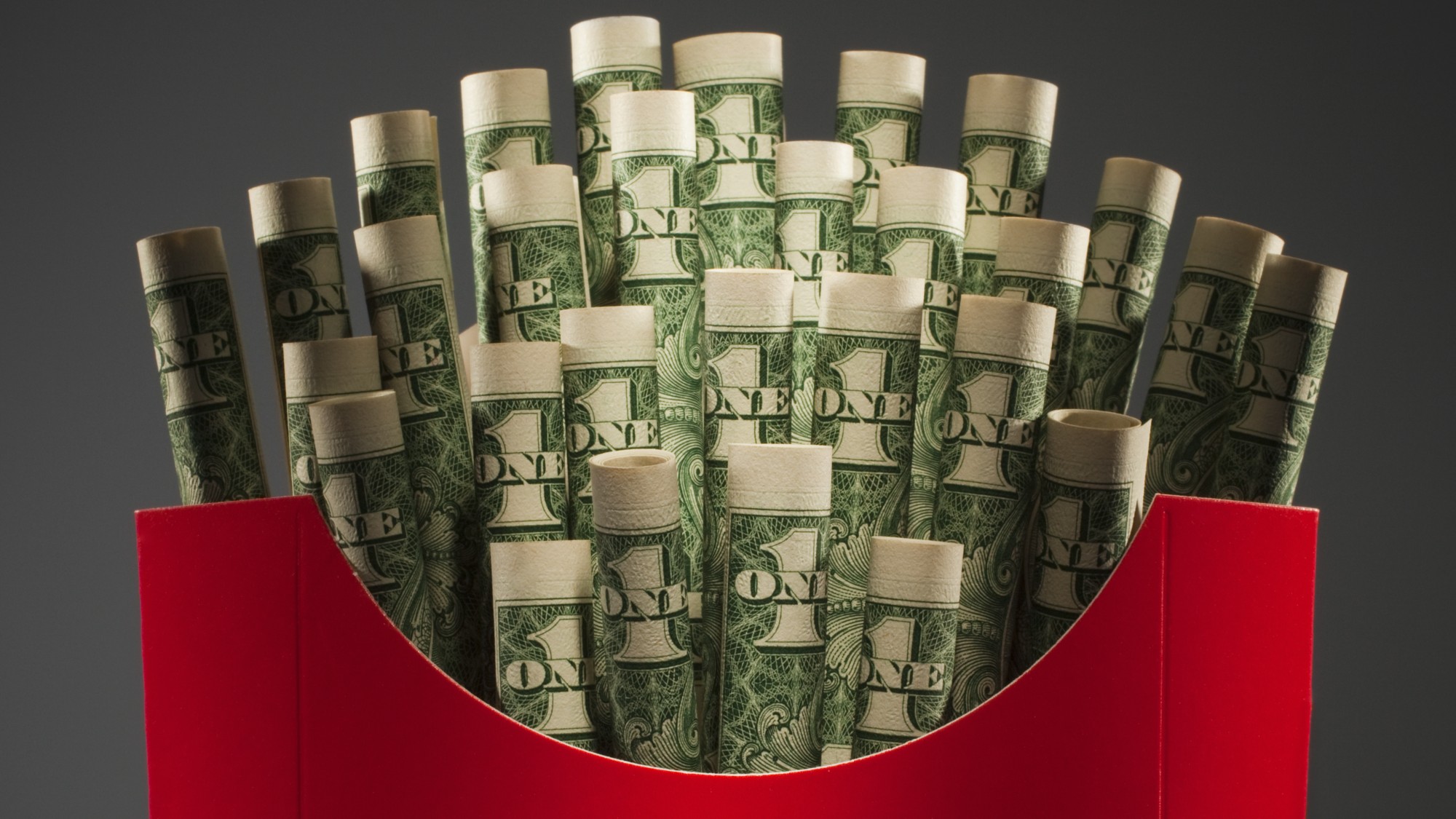 Fast food is no longer affordable for low-income Americans
Fast food is no longer affordable for low-income AmericansThe explainer Cheap meals are getting farther out of reach
-
 Would a 50-year mortgage make home ownership attainable?
Would a 50-year mortgage make home ownership attainable?Today's Big Question Trump critics say the proposal is bad policy
-
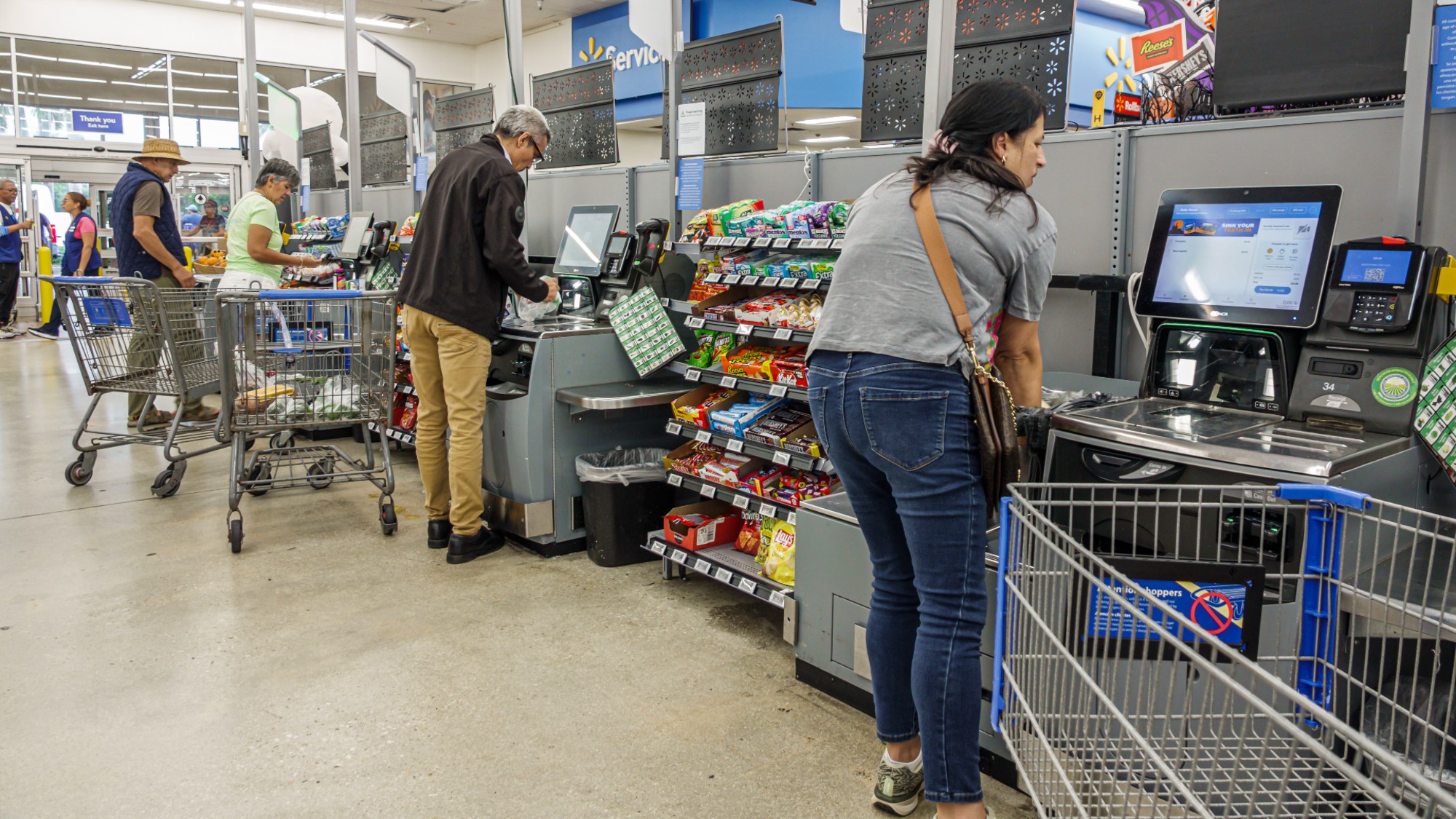 How could worsening consumer sentiment affect the economy?
How could worsening consumer sentiment affect the economy?Today’s Big Question Sentiment dropped this month to a near-record low
-
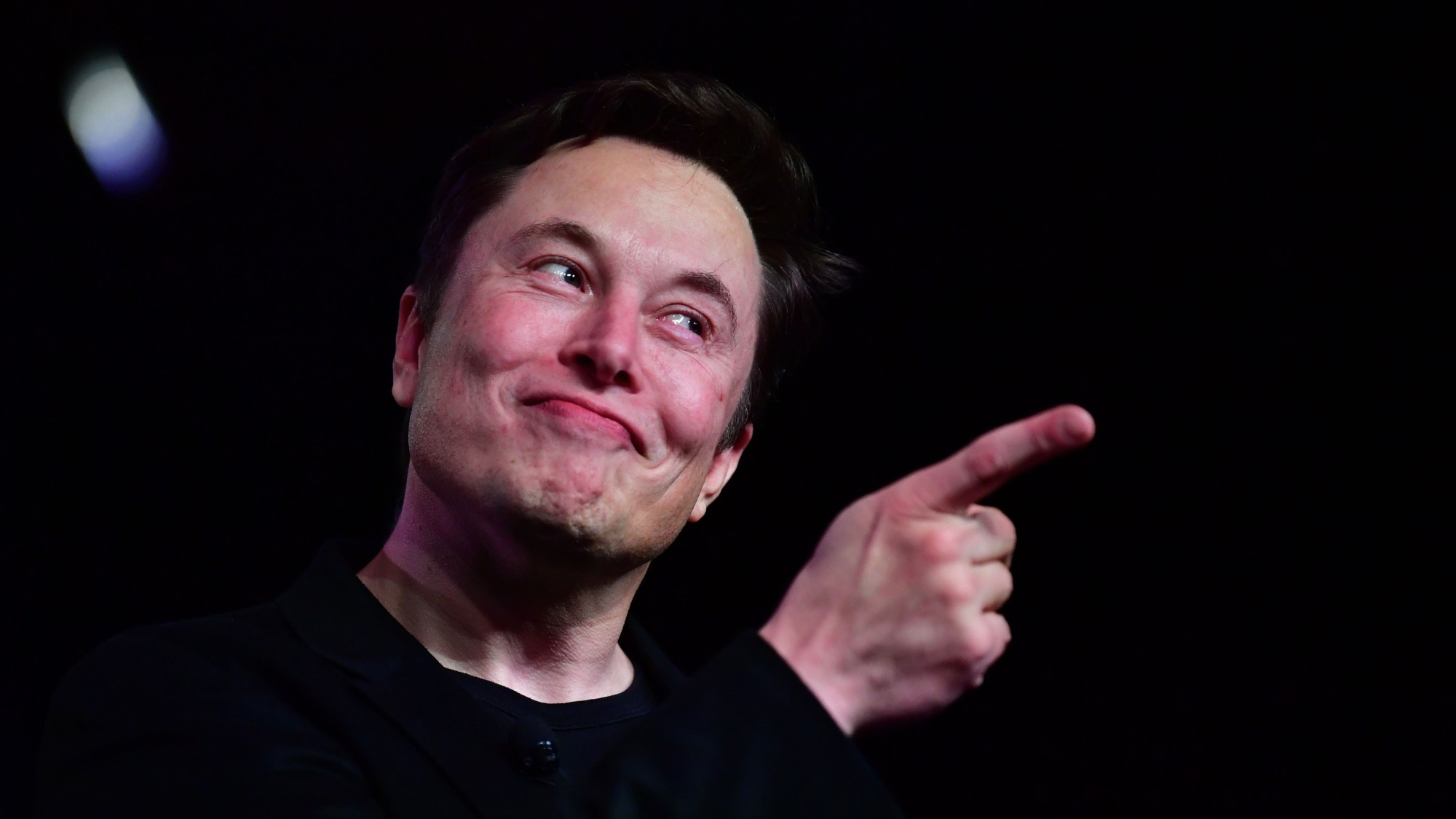 How Tesla can make Elon Musk the world’s first trillionaire
How Tesla can make Elon Musk the world’s first trillionaireIn The Spotlight The package agreed by the Tesla board outlines several key milestones over a 10-year period
-
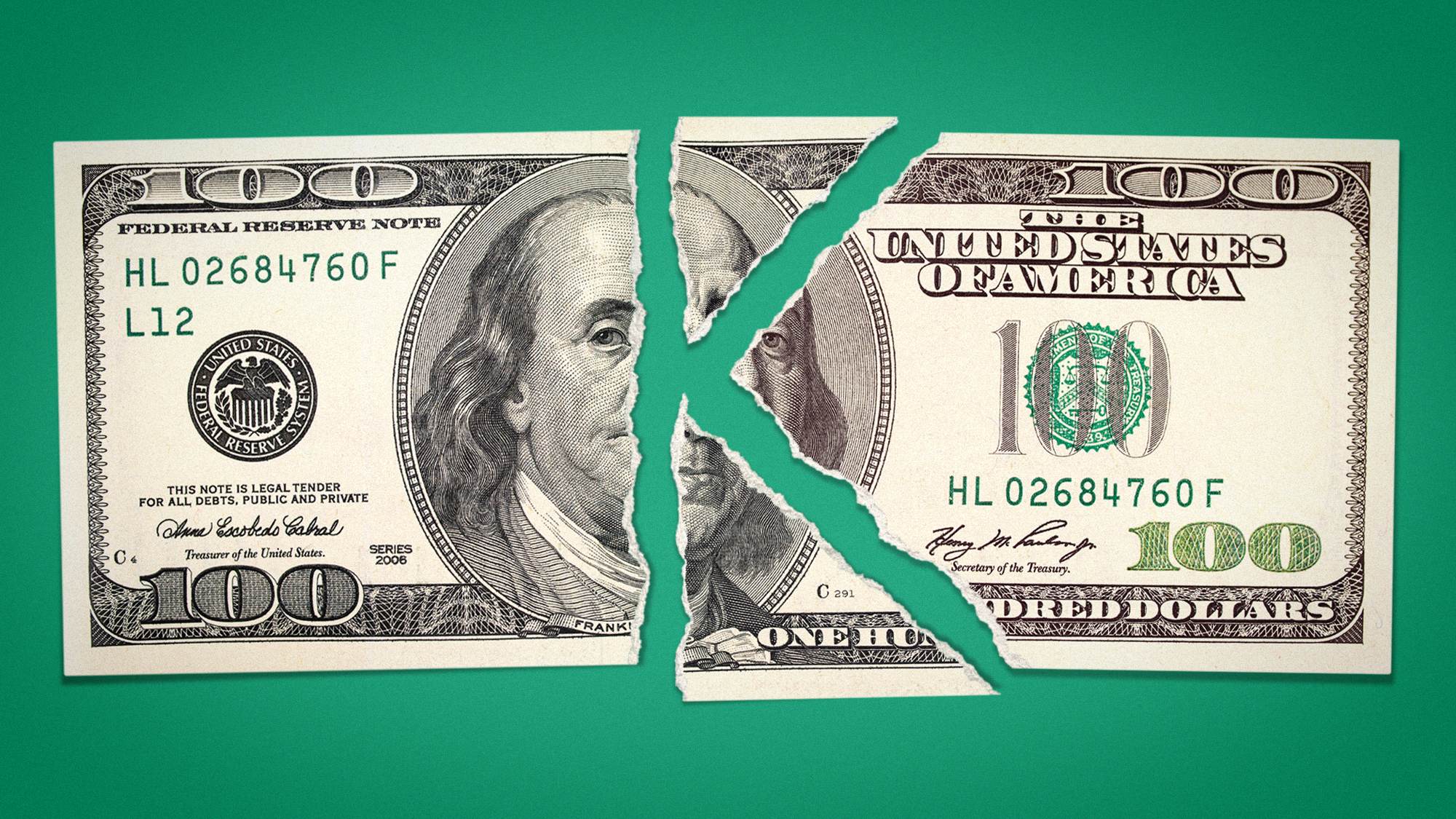 Why has America’s economy gone K-shaped?
Why has America’s economy gone K-shaped?Today's Big Question The rich are doing well. Everybody else is scrimping.
-
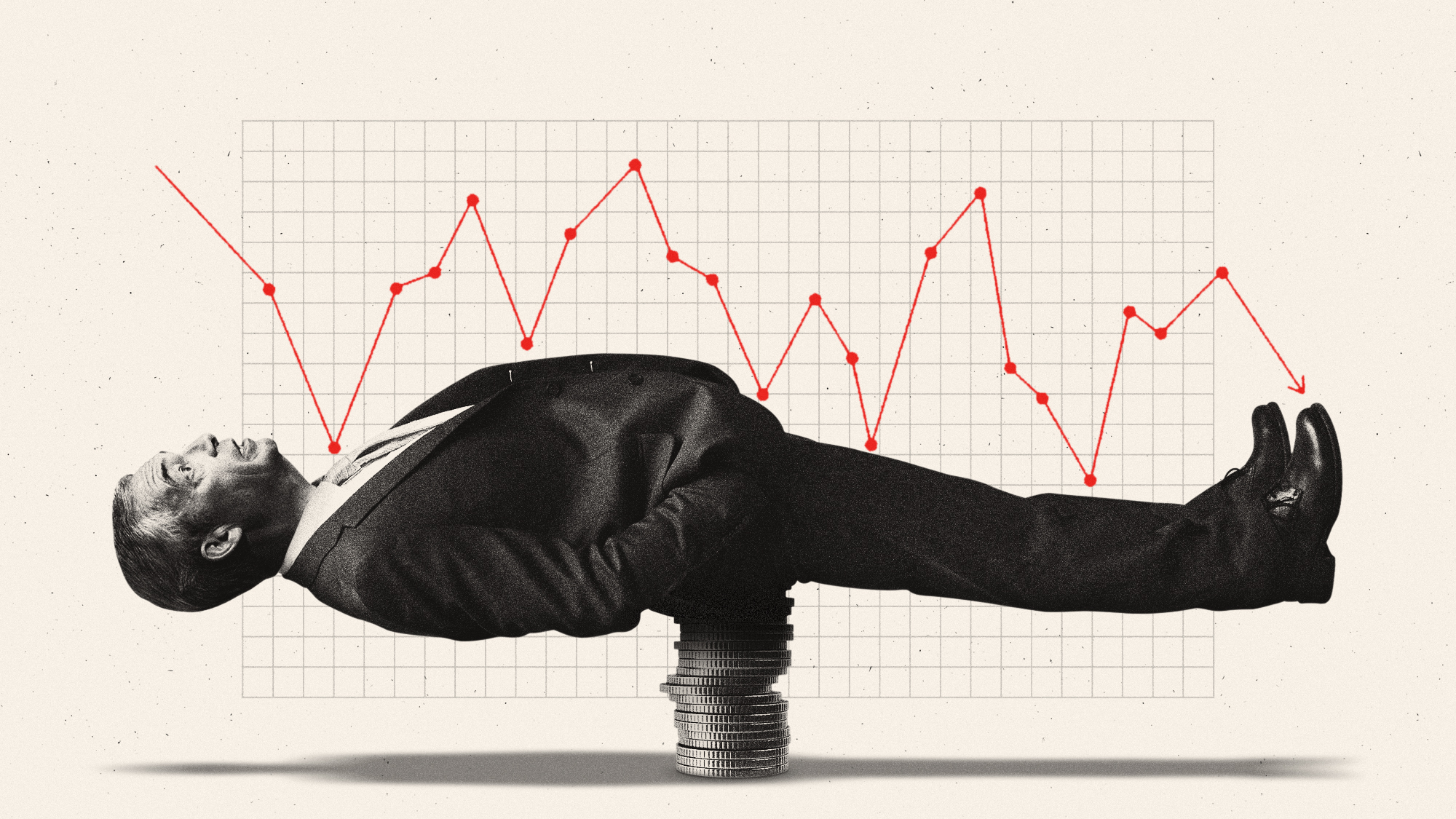 Can Nigel Farage and Reform balance the books?
Can Nigel Farage and Reform balance the books?Today's Big Question Nigel Farage has, for the first time, ‘articulated something resembling a fiscal rule’ that he hopes will win over voters and the markets
